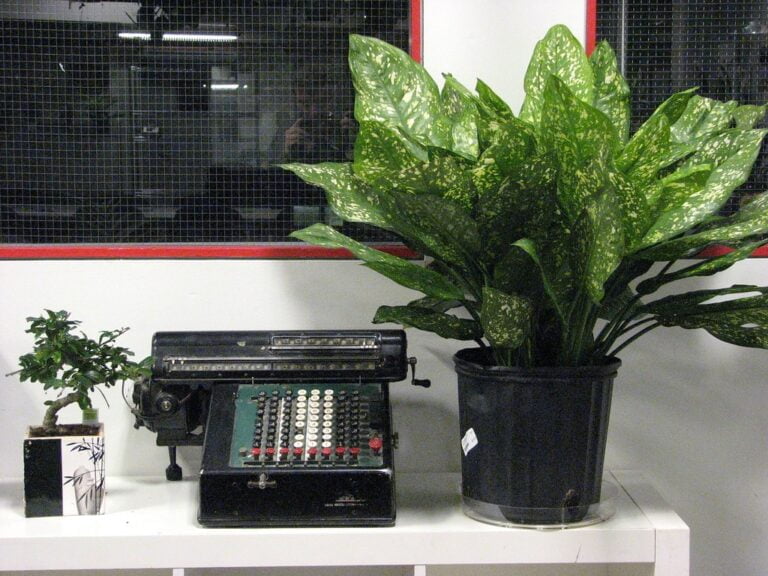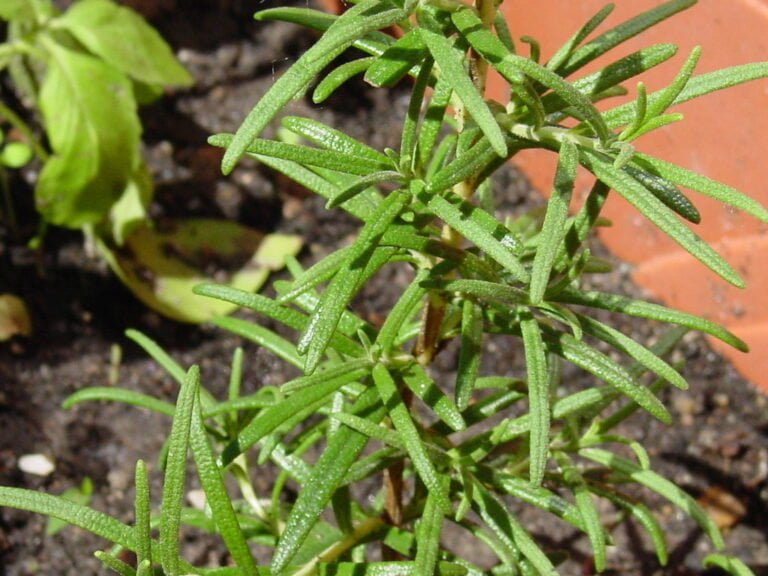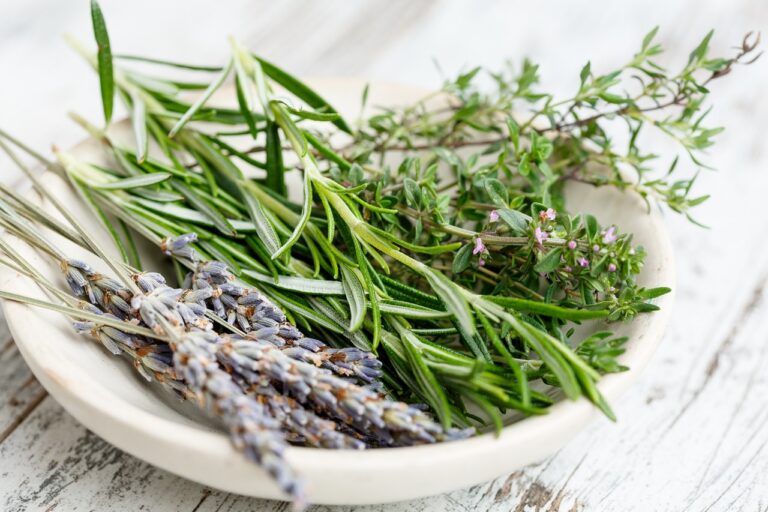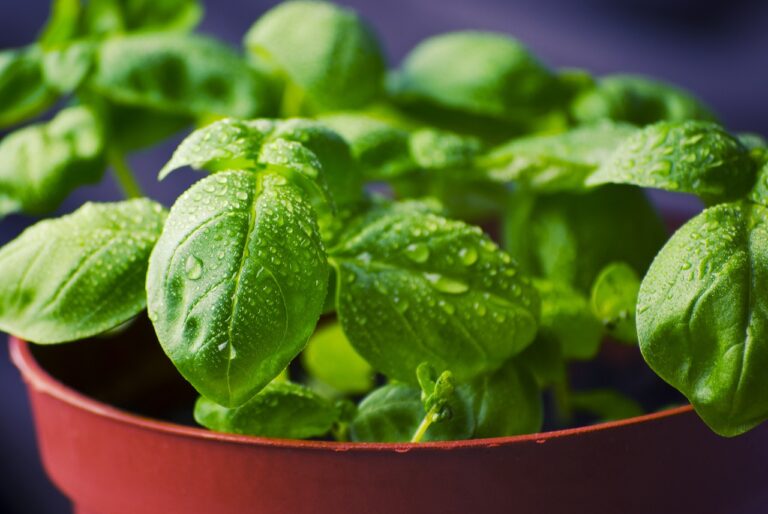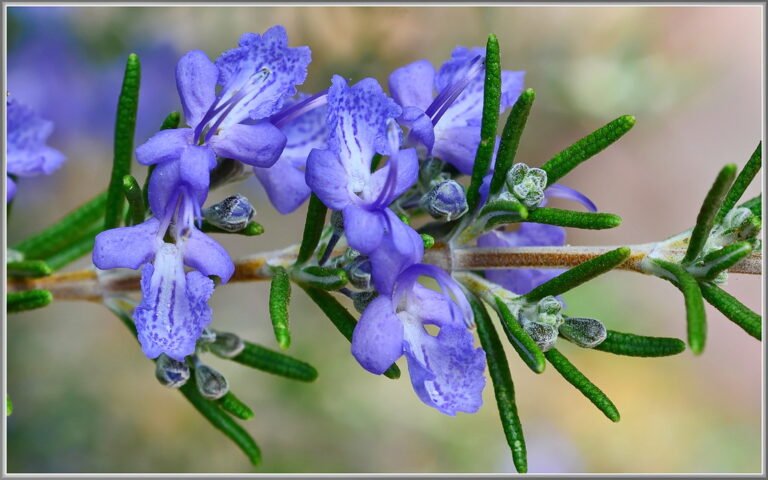A Step-by-Step Guide to Rooting Rose Cuttings
I’ve successfully rooted rose cuttings by choosing softwood stems with at least two nodes and healthy leaves, while avoiding woody ones. Gathering pruning shears, rooting hormone powder, and a pot with sand is crucial. Cutting stems at a right angle, using well-draining soil, and maintaining moisture levels helps in achieving successful planting. Watering every 2-3 days, adjusting based on conditions, and providing indirect sunlight supports growth. Tugging gently after 10-14 days to check root progress, using gentle fertilizer, monitoring new growth, and transplanting when ready into well-draining soil in a sunny spot will lead to beautiful rose plants.
Selecting Suitable Rose Stems
When rooting rose cuttings, I always select softwood stems that are green, flexible, and from the current season’s growth for the best success rate. These softwood stems are ideal for propagation due to their high moisture content and ability to root quickly. I make sure to choose stems with at least two nodes as these provide the necessary hormonal balance for the best root development. Stems that are too woody or mature tend to root poorly, so I avoid those when selecting cuttings.
Examining the stems closely, I look for healthy leaves that indicate the plant’s vigor and vitality. It’s important to avoid any signs of disease or pest damage on the stems as these can hinder successful rooting. Flexible stems are easier to work with and have a higher chance of rooting successfully compared to rigid ones. The vibrant green color of the stems signifies active growth and photosynthesis, both essential for the propagation process.
Gathering Necessary Materials
I always make sure I have my pruning shears, rooting hormone powder, a plant pot, a mix of sand or vermiculite, and clean pruners ready before starting the process of rooting rose cuttings.
- Pruning shears: Essential for taking precise and clean cuttings from the rose plant.
- Rooting hormone powder: Necessary to encourage the development of roots on the cuttings for successful propagation.
- Plant pot: Required for planting the prepared cuttings in a suitable growing environment.
- Mix of sand or vermiculite: Provides a crucial medium for the cuttings to develop roots and grow.
- Clean pruners: Help prevent the spread of diseases during the cutting process, ensuring the health of the new plants.
Having these materials on hand ensures a smooth and efficient process when working with rose cuttings. The pruning shears allow for the careful selection and cutting of suitable stems from the rose plant. Rooting hormone powder plays a crucial role in stimulating root growth on the cuttings, aiding in their successful establishment. The plant pot, filled with a mix of sand or vermiculite, provides a conducive environment for the cuttings to develop new growth. Additionally, using clean pruners helps maintain the overall health of the plant and prevents any potential infections during the propagation process. By gathering these essential materials beforehand, I am well-prepared to start the rooting process with confidence and success.
Preparing Rose Cuttings
When preparing rose cuttings, selecting healthy stems is essential for successful rooting. Make sure to cut the stems at a right angle to prevent them from drying out too quickly. This step sets the foundation for the rooting process, increasing the chances of success.
Selecting Healthy Stems
Picking healthy stems is vital when preparing rose cuttings to ensure successful rooting. When selecting rose stems to propagate roses, focus on the following:
- Choose long, healthy rose stems free from disease or pest damage.
- Opt for green, flexible stems that are from the current year’s growth.
- Avoid woody or brittle stems that may hinder root development.
- Look for stems with at least two nodes to stimulate root growth.
- Healthy stems are essential for successful rooting of softwood cuttings and producing rooted cuttings. Selecting the right stems is a fundamental step in ensuring the future growth of your roses.
Cutting at Right Angle
To ensure successful rooting of rose cuttings, always remember to make angled cuts at a 45-degree angle for best absorption of rooting hormones and nutrient intake. This precise angle exposes a larger surface area for rooting hormone absorption, enhancing the chances of successful root formation. Additionally, cutting at this specific angle prevents water accumulation on the stem, reducing the risk of rot and promoting ideal water uptake. By ensuring minimal damage to the stem during cutting, you support healthy root development and nutrient absorption. The 45-degree cut facilitates efficient water intake and nutrient flow, essential for the growth of robust roots. Embracing this cutting technique is a practical step towards nurturing thriving rose cuttings with strong, healthy root systems.
Planting Rose Cuttings
After preparing your rose cuttings and ensuring they have developed roots, the next step is planting them in well-draining soil to support healthy growth. It is essential to provide the right environment for the rooted cuttings to thrive. Here are some key steps to successfully plant your rose cuttings:
- Use Well-Draining Soil: Opt for soil that drains well to prevent waterlogging, which can hinder root development and lead to rotting.
- Maintain Moisture: Keep the soil consistently moist but avoid overwatering to encourage proper rooting.
- Create a Mini Greenhouse: Consider covering the cuttings with a plastic bag to create a mini greenhouse effect, providing the best conditions for growth.
- Monitor Root Development: Check the cuttings after a few weeks by gently tugging on them to assess root development. Resistance indicates roots have formed.
- Transplant Carefully: Once roots have established, transplant the cuttings into larger pots or the garden, ensuring they have enough space to continue growing.
Providing Proper Care
I always make sure to water my rose cuttings regularly but avoid overwatering to prevent rot. Placing the cuttings in a location that receives bright, indirect sunlight is vital for their growth. I recommend using well-draining soil to prevent waterlogging and promote healthy root development.
Watering Frequency Tips
Maintaining proper watering frequency is crucial for the successful rooting of rose cuttings, ensuring the soil stays consistently moist without becoming waterlogged. To achieve this, follow these practical tips:
- Water rose cuttings every 2-3 days to maintain ideal soil moisture levels.
- Ensure the soil is well-draining to prevent root rot caused by waterlogging.
- Adjust the watering frequency based on environmental conditions such as temperature and humidity.
- Use a spray bottle to mist the cuttings regularly to keep humidity levels in check.
- Monitor the soil moisture closely to avoid under or overwatering, which can impede root development.
Sunlight Exposure Requirements
When tending to rose cuttings, ensuring they receive the appropriate sunlight exposure is vital for their successful rooting and growth. Ideal conditions involve placing the cuttings in northern or eastern locations to benefit from indirect light. This type of light is bright enough to support photosynthesis but gentle on the tender cuttings, preventing stress and damage. Direct sunlight can be too harsh, potentially hindering the rooting process. Providing consistent exposure to indirect light is essential for the health and development of the new plants. Remember, a balance between light and shade is key to creating the perfect environment for your rose cuttings to thrive and establish strong roots.
Soil Type Recommendations
For successful care of rose cuttings, selecting sandy soil with good drainage is crucial. When it comes to soil type recommendations for rooting rose cuttings, here are some key points to keep in mind:
- Incorporate perlite or vermiculite into the soil mix to enhance aeration and drainage.
- Avoid using heavy clay soils that can cause waterlogging and lead to root rot.
- Opt for a well-draining, lightweight soil mix to promote ideal root development in rose plants.
- Guarantee proper soil preparation to support the successful establishment of new rose cuttings.
- Prioritize a soil mix that provides sufficient drainage and aeration for the healthy growth of the roots.
Monitoring Growth Progress
To track the progress of rooting rose cuttings, I recommend gently tugging on the cuttings to assess root development. Softwood rose cuttings typically root within 10 to 14 days, and this gentle pull will give you an idea of their root progress. It’s important to regularly monitor the soil moisture levels to make sure it’s consistently damp but not waterlogged, as this can impact the health of the plant. Additionally, keeping an eye on the overall health of the cutting is essential; any signs of wilting or discoloration may indicate issues that need to be addressed promptly.
In order to support growth, providing a gentle fertilizer can be helpful. This will aid in promoting root growth and overall plant health. Once roots are established and new growth is visible, it’s a good indication that the cutting is ready to be transplanted. When transplanting the cuttings, make sure they are placed in well-draining soil to continue their growth journey successfully.
Transplanting Rooted Cuttings
After successfully rooting rose cuttings, the next essential step is to carefully transplant them into a sunny location with well-draining soil for ideal growth. When transplanting rooted rose cuttings, it is important to follow these steps:
- Choose the Right Spot: Select a sunny location with well-draining soil to guarantee the best growing conditions for your rose cuttings.
- Prepare the Hole: Dig a hole that is slightly larger than the root system of the cutting to allow space for the roots to spread out comfortably.
- Spread Out the Roots: Gently spread out the roots of the rooted cutting in the prepared hole to promote proper growth and establishment.
- Backfill with Soil: After placing the cutting in the hole, backfill with soil, making sure that it is firmly packed around the base of the plant for stability.
- Water Thoroughly: Once the cutting is in place and the soil is firmed up, water the transplanted rose cutting thoroughly. Adequate watering helps settle the soil and supports healthy root growth.

